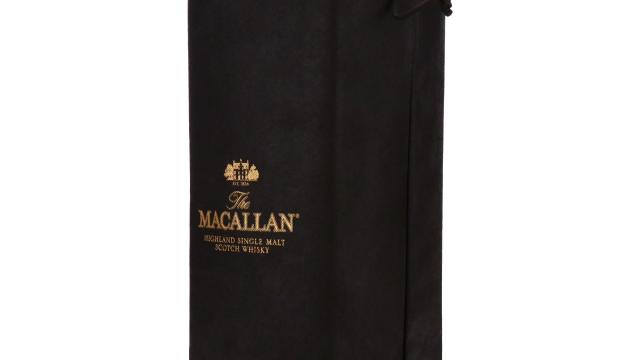Why You Shouldn't Overlook Blended Whiskies

Blended whiskies are often over-looked in favour of single malt whiskies, however, it is important to firstly understand the difference between a blended whisky and a single malt to fully appreciate the category. Blended whisky plays an incredibly important role in the whisky industry, accounting for as much as 90% of whisky sales across the globe. The goal of a whisky blender is typically to ensure consistency between every batch, even when this often involves having to use different stocks. This is incredibly skilled work, involving the marriage of whiskies together to create something greater than the sum of its parts.
First Things First, What Exactly is a Blended Whisky?
Blended whiskies, in the legal sense, are when whiskies from multiple distilleries are blended together. Examples of this include:
- Blended Scotch: A blend of single malt and single grain whisky from multiple distilleries.
- Blended Malt: A blend of single malt whisky from multiple distilleries.
- Blended Grain: A blend of single grain whisky from multiple distilleries.
The very common misconception, derived from the use of the word ‘single’, is that single malt whisky is not a ‘blend’. This however is not always the case, as a single malt whisky can be a fusion of multiple batches and barrels (unless of course declared as a single cask), as long as the whisky is distilled at a single distillery. This is also true for single grain whisky.
Discover a simple breakdown of Scotch Whisky definitions
Why You Should Give Blended Whiskies a Chance
Single malt whisky is highly revered for its singular characteristics and representation of a particular distillery, however, there is something to be said for the artistry, quirkiness and intrigue that can be found in the varied character of a blended whisky.
The joy of blended whiskies is that blenders can draw on different styles of whisky from across Scotland (and the rest of the world), utilising their creativity to develop new levels of flavour and complexity, ultimately creating something they believe is more interesting on the palate. This might be a marriage of single malt from two or more distilleries that the blender understands to be more compelling than the singular distillery's character.
Single malt from some of Scotland's most legendary distilling periods, such as the 1960s, demand high sums at retail and auction, however blended whiskies can offer a more approachable and accessible option for many whisky lovers to take part in new tasting experiences. In particular, older blended whiskies offer a great way to experience whiskies from bygone eras of production, without feeling priced out of the market.


